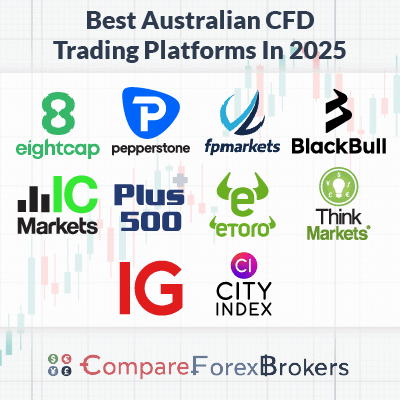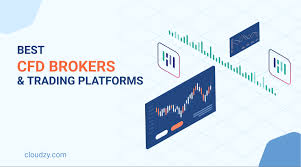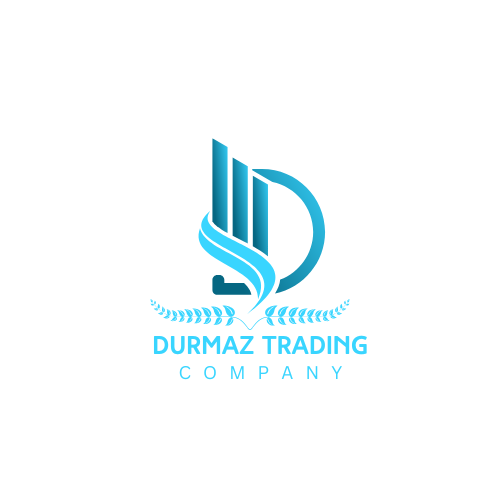
Explore the Best CFD Trading Markets
The world of trading is vast and filled with potential opportunities for those who know where to look. Among the myriad of trading options available today, Contracts for Difference (CFDs) present a flexible and potentially profitable way to engage with various financial markets. If you’re searching for the best cfd trading markets bestbrokercfd.com, this guide will provide insights into the top markets that traders should consider and how to navigate them effectively.
Understanding CFD Trading
CFD trading allows individuals to speculate on the price movements of financial instruments, including stocks, commodities, indices, cryptocurrencies, and more, without actually owning the underlying asset. This unique approach offers several advantages such as leverage, short-selling possibilities, and access to a wide range of markets. However, it’s essential to approach CFD trading with a solid understanding of both the benefits and the risks involved.
Key Benefits of Trading CFDs
One of the primary attractions of CFD trading is the ability to use leverage, which can amplify both profits and losses. For instance, with a leverage ratio of 10:1, a trader can control a position worth $10,000 with only $1,000 of their own capital. This means that even smaller price movements can result in significant gains or losses. In addition to leverage, traders benefit from the following:
- Access to a variety of markets: CFDs are available for many asset classes, giving traders a multitude of options to diversify their portfolios.
- Flexibility: Traders can take both long and short positions, allowing them to profit in rising and falling markets.
- No ownership of physical assets: Since CFDs are derivative products, there’s no need for traders to worry about holding and managing physical assets.
- Potential trading opportunities around the clock: Many CFD markets operate 24/5, allowing traders to capitalize on global market movements at any time.

Top Markets for CFD Trading
1. Forex Market
The foreign exchange (forex) market is the largest and most liquid market globally. With a daily trading volume exceeding $6 trillion, it presents ample opportunities for CFD traders. Key currency pairs, such as EUR/USD, GBP/USD, and USD/JPY, are particularly popular due to their volatility and liquidity.
2. Stock Market
Many traders prefer to engage with individual stocks through CFDs, as it allows them to speculate on a company’s performance without the need to own shares. Popular stocks include giants like Apple, Amazon, and Tesla. Notably, stock CFDs often provide dividends and can be traded during and after regular market hours.
3. Commodity Markets
CFD trading in commodities, such as gold, oil, and agricultural products, has gained traction among traders. These markets can be influenced by geopolitical events and economic reports, creating opportunities for profit in both rising and falling conditions. Trading commodity CFDs allows participants to speculate on price movements without the need for physical storage.
4. Indices
CFD indices provide a way to trade on the performance of a group of stocks, representing an entire market or sector. For instance, the S&P 500, FTSE 100, and DAX 30 are popular indices that traders look to for broader market reflections and for hedging their positions. Index CFDs are often seen as lower-risk compared to trading individual stocks, given their ability to spread risk across multiple stocks.

5. Cryptocurrencies
The rise of cryptocurrencies has opened new avenues for CFD trading. Bitcoin, Ethereum, Litecoin, and other digital assets can be traded through CFDs, allowing traders to speculate on their price fluctuations without holding the actual coins. This market is known for its volatility, offering significant profit potential but also substantial risk.
Choosing the Right CFD Broker
Selecting a reliable CFD broker is crucial in ensuring a safe trading experience. Key factors to consider when choosing a broker include:
- Regulation: Opt for brokers that are regulated by reputable authorities to ensure they adhere to strict compliance standards.
- Trading platform: The trading platform should be user-friendly and equipped with necessary tools such as charts, technical analysis, and risk management features.
- Fees and spreads: Be aware of the fee structures, including spreads, commissions, and overnight financing fees, to avoid unexpected costs.
- Customer support: Reliable customer support channels can help resolve issues quickly, ensuring a smooth trading experience.
Developing a Successful CFD Trading Strategy
Having a solid trading strategy is essential for achieving success in CFD trading. Here are several key components to consider when developing your strategy:
- Risk management: Establish rules for limiting losses, such as setting stop-loss orders and adjusting position sizes based on account balance.
- Technical analysis: Utilize charts and indicators to identify trends and potential entry and exit points. Popular indicators include moving averages, RSI, and MACD.
- Fundamental analysis: Stay informed about economic events, company earnings reports, and geopolitical developments that can impact market movements.
- Discipline: Stick to your trading plan and avoid emotional decision-making. Maintaining discipline is critical to long-term trading success.
Conclusion
CFD trading offers exciting opportunities for traders who are willing to put in the time to learn about different markets and develop effective strategies. By understanding the various trading environments such as forex, stocks, commodities, indices, and cryptocurrencies, traders can better position themselves for success. Always ensure to choose a reputable broker and prioritize risk management in your trading endeavors.
